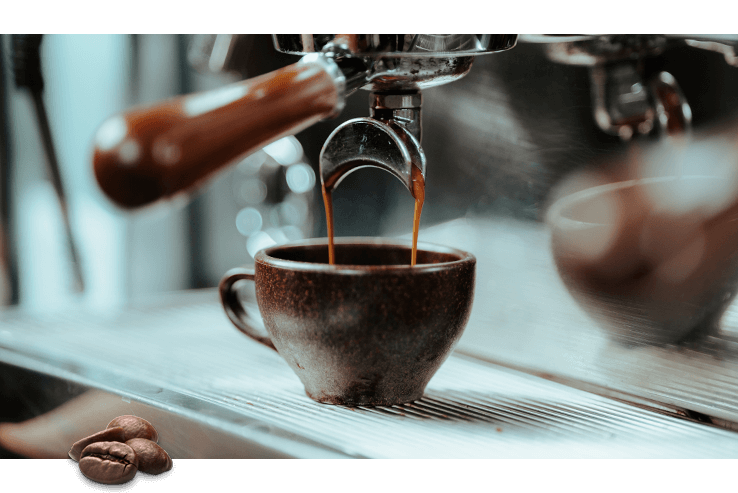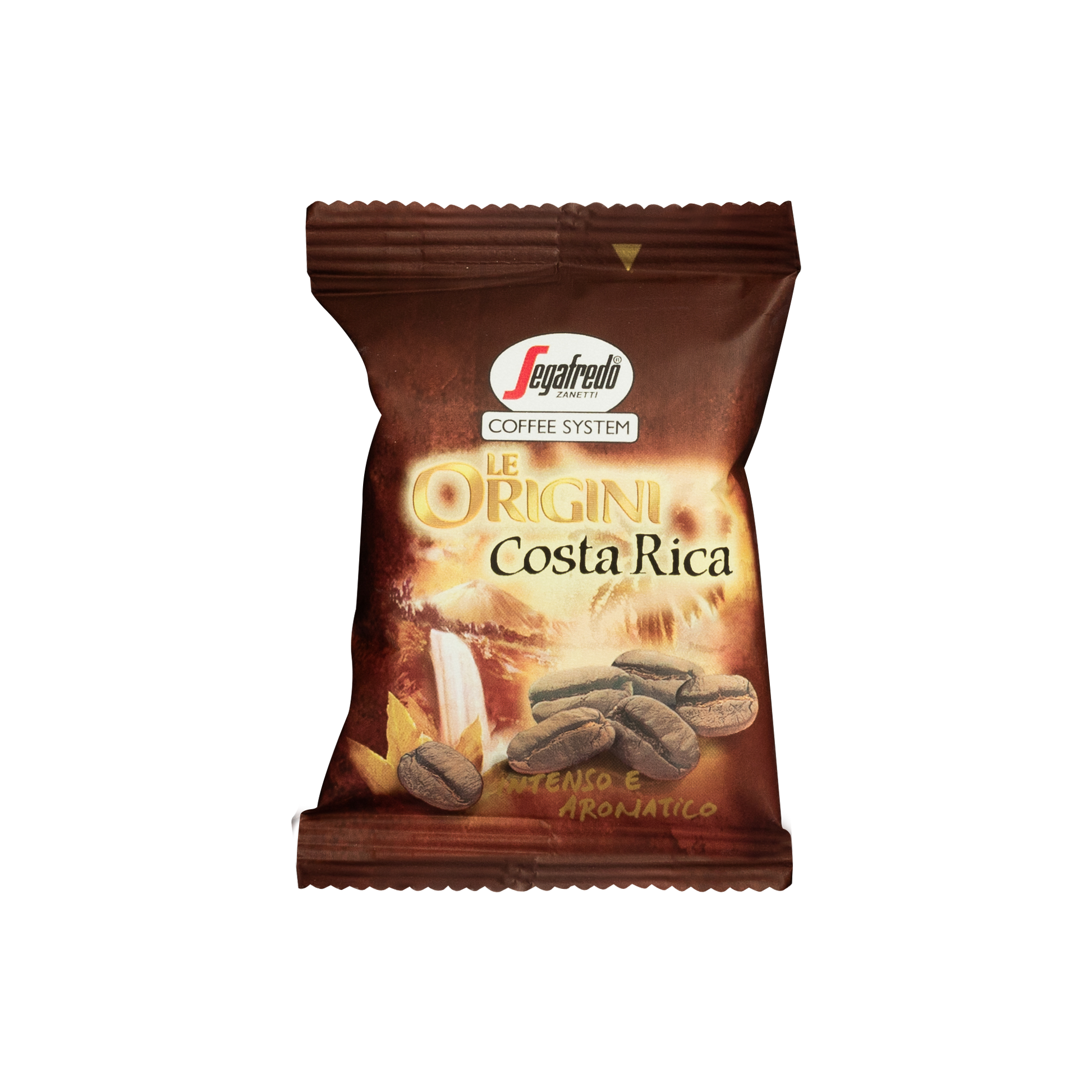Exploring the Rich Flavors of Coffee Beans: a Deep Study Espresso and Blended Coffee Beans
When you discover the rich flavors of coffee beans, you reveal a complicated world where each variety brings its very own character to your mug. As you navigate through the art of espresso and the imagination behind mixed coffees, you'll start to value the nuances that make each sip special.
The Origins of Coffee Beans: Checking Out Terroir and Flavor Profiles
When you take a sip of coffee, you're not simply enjoying a drink; you're experiencing an abundant tapestry of flavors shaped by the beans' origins. Each region creates special flavor accounts affected by soil, climate, and altitude. Beans from Ethiopia frequently rupture with brilliant, fruity notes, while those from Colombia tend to use a balanced, nutty sweet taste.
As you explore different origins, you'll discover just how terroir-- the environmental elements impacting a crop-- plays an essential role - Single Origin Espresso. The same coffee range can taste drastically various depending upon where it's expanded
When you think about these elements, you begin to appreciate the complexity behind your cup. Each sip tells a story of the land and the farmers that supported the beans. So, following time you delight, think of the trip your coffee took before it reached your hands, and enjoy those complex flavors that reflect its origin.
Comprehending Coffee: The Art and Scientific Research Behind the Brew
When you consider espresso, it's not almost the strong taste; it's also about the methods that bring it to life. Recognizing how different prep work techniques effect preference can change your developing experience. Let's check out the details of espresso prep work and uncover the special taste profiles that make each mug special.
Espresso Preparation Techniques
Coffee preparation is both a scientific research and an art, combining exact methods with a deep understanding of coffee. To begin, you'll wish to choose high-quality, newly baked beans and grind them carefully for perfect removal (Single Origin Espresso). The work dimension is crucial; also rugged, and your coffee will certainly be weak, too great, and it'll be bitter
Following, tamp the premises equally in the portafilter to guarantee uniform removal. When you secure it right into the machine, go for a brewing temperature level in between 190 ° F and 205 °
F.As you pull the shot, expect the excellent extraction time-- around 25-30 secs. The outcome needs to be a rich, creamy espresso with an attractive layer of crema on the top. With practice, you'll master these methods.
Taste Accounts Explained
The world of espresso provides an abundant tapestry of flavor accounts that can elevate your coffee experience. Light roasts often display bright level of acidity and vivid tastes, while dark roasts existing much deeper, bolder tones.
Understanding these accounts helps you select the ideal espresso for your palate. Try out different blends can disclose unexpected mixes. As an example, a well-crafted mix may integrate the brilliant notes of an Ethiopian bean with the rich, chocolatey undertones of a Brazilian bean. Accept the trip of uncovering coffee's diverse tastes, and you'll transform your coffee routine into an amazing journey.
Handling Methods: Just How They Impact Flavor and Aroma
While it might appear that the beginning of coffee beans is the most considerable variable in identifying their taste and aroma, the processing techniques made use of post-harvest play an equally crucial function. You'll locate that these techniques can substantially change the last preference profile of your mug.
For example, the washed procedure gets rid of the fruit from the beans before fermentation, commonly resulting in a cleaner, brighter flavor. Meanwhile, the all-natural procedure leaves the fruit intact throughout drying out, resulting in a sweeter, fruitier profile.
Other approaches, like honey handling, strike a balance, permitting some fruit mucilage to continue to be, giving a special intricacy.
Each processing method interacts with the beans' inherent features, boosting or muting specific flavors and aromas. When you drink that espresso or mixed coffee, keep in mind that the trip from cherry to cup is influenced not just by beginning however additionally by exactly how those beans were processed.
Toasting Strategies: Unlocking the Full Possible of Coffee Beans
Roasting strategies are necessary for exposing the complete potential of coffee beans, as they change raw, green beans right into the aromatic, delicious coffee you delight in. The option of toasting technique-- light, tool, or dark-- drastically affects flavor profiles. Light roasts maintain the beans' all-natural level of acidity and fruity notes, while tool roasts balance sweetness and splendor. Dark roasts, on the other hand, highlight bold, smoky flavors.
A slower roast at reduced temperatures enables for complicated tastes to develop, while a quicker roast can increase anger. By mastering these techniques, you'll expose a world of taste, raising your coffee experience to brand-new heights.
The Magic of Blended Coffee: Developing Unique Flavor Experiences
Creating a special flavor experience with mixed coffee can transform your early morning ritual into an exploration of preference. By integrating various beans from numerous areas, you can expose a harmony of flavors that raise your mug to brand-new elevations. Each mix deals a distinctive profile, balancing body, level of acidity, and sweet taste to develop something truly special.
When you select a mix, you're not just picking a coffee; you're picking a trip throughout varied landscapes and societies. Explore different go to this web-site combinations enables you to discover your personal favorites, whether you enjoy fruity notes or rich, chocolatey touches.

Tasting Notes: Recognizing the Nuances in Your Mug
As you drink your coffee, you could observe a range of flavors dancing on your taste, each exposing the complexities of the beans. You might taste the intense level of acidity similar to citrus or the deep, abundant notes akin to dark delicious chocolate. The sweetness might stimulate honey or caramel, balancing the general account wonderfully.
Take notice of the body of the coffee-- does it really feel ventilated and light, or is it complete and creamy? The finish, too, uses ideas; a sticking around aftertaste may hint at nuttiness or floral undertones.

Don't forget to check out the one-of-a-kind characteristics of various origins, as each area presents distinct flavors - Single Origin Espresso. Ethiopian coffees commonly present fruity notes, while Colombian beans might display an extra spherical sweet taste. By acknowledging these nuances, you'll grow your recognition for every mug, raising your coffee experience to new heights
Brewing Techniques: Maximizing Taste Removal for each Bean
When you discover the various brewing methods, you'll uncover that each technique can considerably influence the flavor profile of your coffee. From French press to pour-over, each approach essences different substances, improving or silencing certain notes. For circumstances, using a French press enables oils to continue to be in the brew, creating a richer taste, while pour-over emphasizes clarity Read More Here and brightness.
Temperature level and grind dimension likewise play essential duties. A coarser grind functions best for cold mixtures, while a fine work is suitable for espresso. Explore water temperature-- between 195 ° F and 205 ° F-- can expose surprise flavors, as well.
Don't fail to remember concerning steeping time; a fast removal can cause sour notes, while over-extraction might yield anger. By adjusting these variables, you can make best use of taste removal and genuinely elevate your coffee experience. Appreciate the journey of finding what technique ideal fits your taste buds!
Regularly Asked Inquiries
What Is the Ideal Water Temperature for Brewing Coffee?
The perfect water temperature level for developing coffee's between 195 ° F and 205 ° F. If you make use of water that's also hot, you'll over-extract flavors; also chilly, and you will not extract enough. Go for that pleasant area for the ideal mixture!
Just How Does Work Dimension Impact Coffee Flavor?
Work dimension substantially influences coffee flavor. Better grinds essence more oils and flavors, resulting in a bolder taste, while coarser grinds yield a lighter taste. Changing work dimension assists you accomplish your desired coffee account.
Are There Wellness Conveniences Linked With Drinking Coffee?

What Is the Difference Between Arabica and Robusta Beans?
Arabica beans are smoother and sweeter, often featuring fruity flavors, while robusta beans are more powerful with a bitter taste and greater high levels of caffeine content. You'll notice these distinctions in aroma and brewing experience.
Just How Can I Shop Coffee Beans for Quality?
To keep coffee beans for quality, keep them in an impermeable container, far from light, warmth, and dampness. If you just grind what you require right before brewing., you'll keep their taste longer.
Discovering the Abundant Tastes of Coffee Beans: look at here now a Deep Dive Into Espresso and Blended Coffee Beans.
When you discover the rich flavors of coffee beans, you uncover a complicated globe where each selection brings its very own character to your mug.When you take a sip of coffee, you're not just enjoying a drink; you're experiencing a rich tapestry of tastes formed by the beans' beginnings.Roasting techniques are necessary for disclosing the full possibility of coffee beans, as they transform raw, green beans into the fragrant, delicious coffee you take pleasure in.As you sip your coffee, you could see a range of flavors dancing on your taste buds, each exposing the intricacies of the beans.